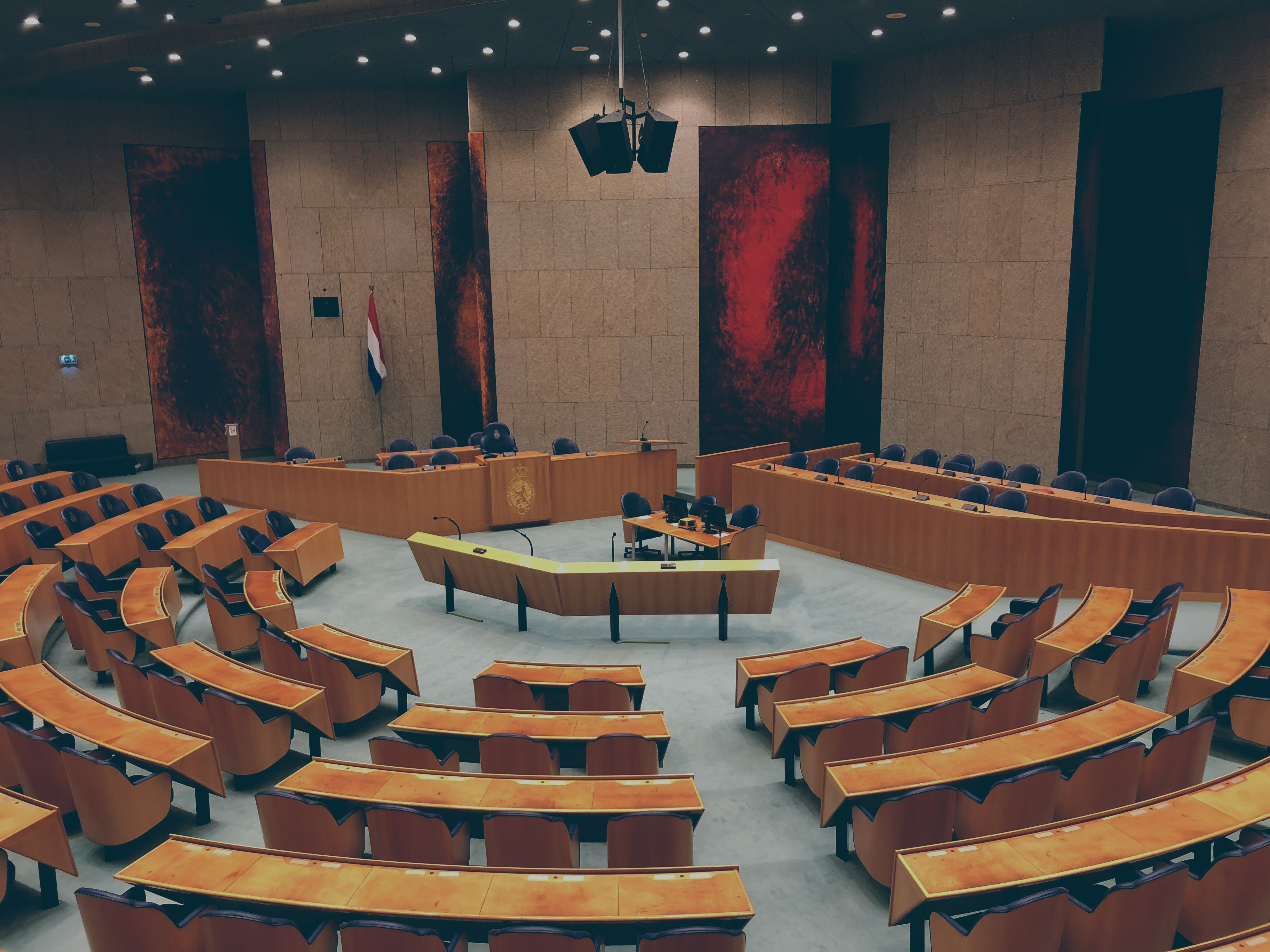Relevant CX and UX developments for the government (2/3)
Author
Susanne van Mulken
Published
22 December 2016
Reading time
3 minutes
Informaat recently highlighted some relevant developments in the context of a tender from the government. We are happy to share these developments in the form of a series of posts. In this second post: ‘big data and value creation’, ‘personalization’ and ‘conversational UIs’.
Big data and value creation
The amount of information in our online and offline world is increasing enormously. Due to the far-reaching digitization of society, the use of social media and the internet-of-things, the variety and speed of information are also increasing in addition to the quantity. The term Big Data is often used to designate this development without there being a conclusive definition for it. In any case, it is clear that there is more than enough data, but that the challenge lies in obtaining the maximum value from all that information.
Information architects and ux strategists are the link between data mining specialists, the business and the user. They have knowledge of the business (wishes, ambitions) and IT (databases, architecture) and the information needs of the user. This allows them to discuss data issues with data miners who use smart techniques and tools to provide the desired and relevant information and connections for the business and the end user.
The government also wants to create real added value from the great availability of data so that it can, among other things, solve environmental problems, improve sustainability and provide citizens and professionals with useful services. In order to do this properly, it must, on the one hand, develop a vision of which data should be collected through which sources and, on the other hand, use appropriate methods to meet the high expectations that citizens, policy makers and partners have about digital services. After all, these users are placing increasingly higher demands on digital services in terms of:
- availability (fast, easy)
- usability (relevance, privacy, security)
- durability (reliable, correct)
Investments in technology to meet these requirements with innovative solutions are significant. However, real value creation can actually generate money in the form of savings. Good self-service services, for example, ensure more independence and self-reliance among citizens and professionals, so that other channels will be questioned less. This not only saves costs for the government, but also has a positive effect on its image.
Personalisation
Personalization (specifically tailoring content, functionality, visual style, interaction and navigation) is one of the ways to make the use of a web application more relevant and user-friendly. Based on the user's profile, it can be automatically determined what is relevant and what is not; and therefore also what should be shown and what not. The user can thus find the information he is looking for much faster and arrange the things he wants to arrange. Personalization is increasingly used in commercial platforms, such as in 'my environments', but also in public websites and web applications. Citizens and professionals also expect the same degree of personal relevance from the government. By developing user-friendly and personalized web applications, the government can support citizens better, more directly and more effectively. Another advantage is that personalization enables the government to offer the wealth of data at its disposal in a more targeted way so that citizens or employees are not unnecessarily overloaded with an abundance of information and therefore drop out. An example of a successful application of personalization is the zipcode tool in overstroomik.nl and onswater.nl of the Ministry of Infrastructure and the Environment, which allows users to see the flood risk for their own situation in the event of a dike breach. Targeted information, tailored to the context of citizens, is essential for the success of the transition to more digital self-service in government.
Conversational UIs
A conversational UI is a user interface that conducts a conversation with a user in natural language. Instead of using traditional interface elements on devices (e.g. clicking a button), you simply tell the device what you want in the form of a dialog. That changes the way you use a digital service. Conversational UIs now come in two forms: chatbots (such as Charly from CZ) and voice assistants (such as Apple's Siri). A major advantage is that information and functionality can be offered immediately and that the user no longer has to search within traditional structures such as menus, buttons and icons. Another advantage is the platform and device independence.
For the government, accessibility (drempelvrij.nl, DigiToegankelijk) is very important in communication with citizens. The application of conversational UIs in digital channels would mean a major improvement in ease of use and can greatly increase accessibility. A natural speech interface would even make it possible to offer services to people with disabilities who currently have no access to government information or functionality at all. Conversational UIs can also be used for government employees to provide better support in a natural working environment.
About the author

Susanne van Mulken
Strategy director
Government
CX Excellence


